Briefly describe the followings
(a) anaemia
(b) angina pectoris
( c) atherosclerosis
(d) hypertenswn
(e) heart failure
(f) erythroblastosis foetalis
Video Solution
Text Solution
(a) Anaemia is the decrease in the number of RBC than the normal amount and also due to less quantity of haemoglobin than the normal value in blood This is the most common disorder of the blood.
(b) Angina Pectoris Ocurs when there is blockage in coronary artery. thus in sufficient supply of blood reaches to heart muscles. This results in chest pain, fear, anxiety. pale skin, profuse sweating and vomitting. The anginai pain usually starts in the centre of the chest spreads down to the left arm which last for only few second.
(C) Atherosclerosis is the deposition of cholesterol in the inner lining of arteries called atherosclerotic plaque. Sometimes arteries are completely blocked, this result in stroke or heart attack.
(d) Hypertension Ps sometimes also called as arterial hypertension. The blood pressure in the arteries getselevated. ‘It could be primary hypertension which has no obvious medical reason but secondary hypertension are caused by various conditions which affect kidneys. arteries heart or endocrine system.
(e) Heart Failure is the state of heart when it does not pump blood effectively enough to meet the needs of the body.
(f) Erythroblastosis foetalis is a haemolytic disease of new borns which is an allo-immune condition that develops in foetus when igG molecules produced by mother pass through placenta and attack RBC causing reticulocytosis and anaemia. It develops due to Rh incompatibility between the couples.
In a man with blood and women with blood the second pregnancy foetus may have this problem due to IgG accumulation in women during first child development
|
Updated on:21/07/2023
Topper's Solved these Questions
- BOOK - NCERT EXEMPLARCHAPTER - Body Fluids and Circulation EXERCISE - LONG ANSWER TYPE Q5videos
Body Fluids and Circulation
- BOOK - NCERT EXEMPLARCHAPTER - Body Fluids and Circulation EXERCISE - VERY SHORT ANS.TYP.Q12videos
Body Fluids and Circulation
- BOOK - NCERT EXEMPLARCHAPTER - BIOMOLECULES EXERCISE - Long Answer Type Questions5videos
BIOMOLECULES
- BOOK - NCERT EXEMPLARCHAPTER - BREATHING AND EXCHANGE OF GASESEXERCISE - SATQ7videos
BREATHING AND EXCHANGE OF GASES
Similar Questions
Knowledge Check
- Question 1 - Select One
See the following diagram and identify A,B,C,D,E,F and G
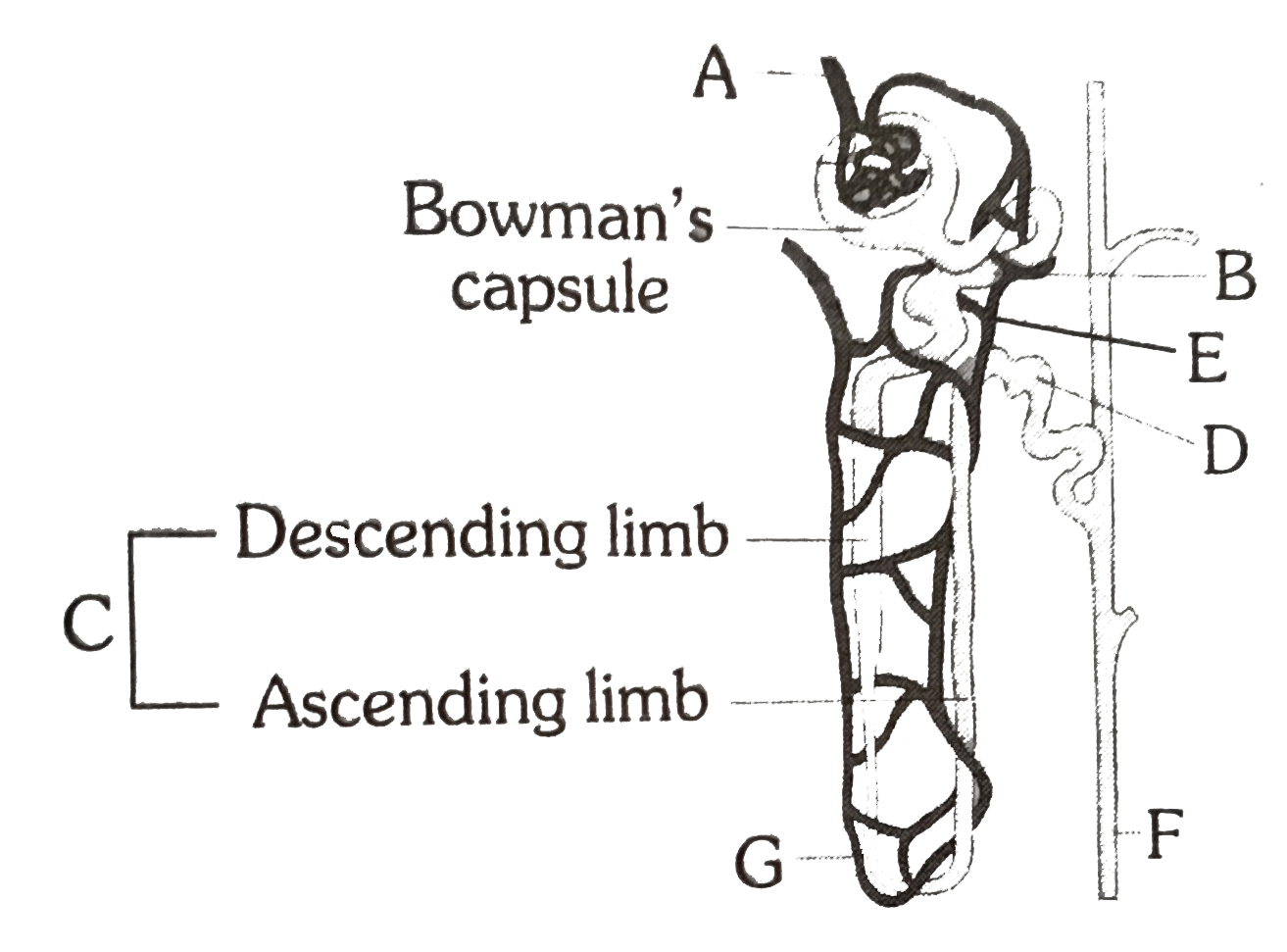 AA-Afferent arteriole, B-Henle' s loop, C-Collecting duct, D-PCT, E-DCT, F-Pertibular capillaries, G- vasa rectaBA-afferent arteriole, B-Peritubular capillaries, C-Helne's loop, D-DCT, E-PCT, F-Collecting duct, G-vasa rectaCA-Afferent arteriole, B- PCT, C-Henle's loop, D-DCT, E-Peritublar capillaries, F-Collecting duct, G-vasa rectaDA-Afferent arteriole, B-Proximal convoluted tubule, C-Henle's loop, D-Distal convoluted tubule, E-Peritbular capillaries, F-Collecting duct, G-vasa recta
AA-Afferent arteriole, B-Henle' s loop, C-Collecting duct, D-PCT, E-DCT, F-Pertibular capillaries, G- vasa rectaBA-afferent arteriole, B-Peritubular capillaries, C-Helne's loop, D-DCT, E-PCT, F-Collecting duct, G-vasa rectaCA-Afferent arteriole, B- PCT, C-Henle's loop, D-DCT, E-Peritublar capillaries, F-Collecting duct, G-vasa rectaDA-Afferent arteriole, B-Proximal convoluted tubule, C-Henle's loop, D-Distal convoluted tubule, E-Peritbular capillaries, F-Collecting duct, G-vasa recta - Question 2 - Select One
Read the following statements and select the correct option stating which one is true (T) and which one is false (F).
A. ABO grouping is based on the presence or absence of two surface antigens on leucocytes.
B. During first pregnancy there is least chance of occurrence of erythroblastosis fetalis due to Rh incompatibility
C. During blood clotting, conversion of fibrinogen to fibrin occurs by action of enzyme thrombokinase
D. All chordates possess chambered, muscular dorsal heart to pump blood throughout the bodyAa(T), b(F), c(F), d(T)Ba(T), b(T), c(F), f(T)Ca(F), b(T), c(F), d(F)Da(F), b(F), c(F), d(T)
Describe briefly the following:
(a) Origin of replication.
(b). Bioreactors.
(c). Downstream processing.View SolutionDistinguish between the following:
a.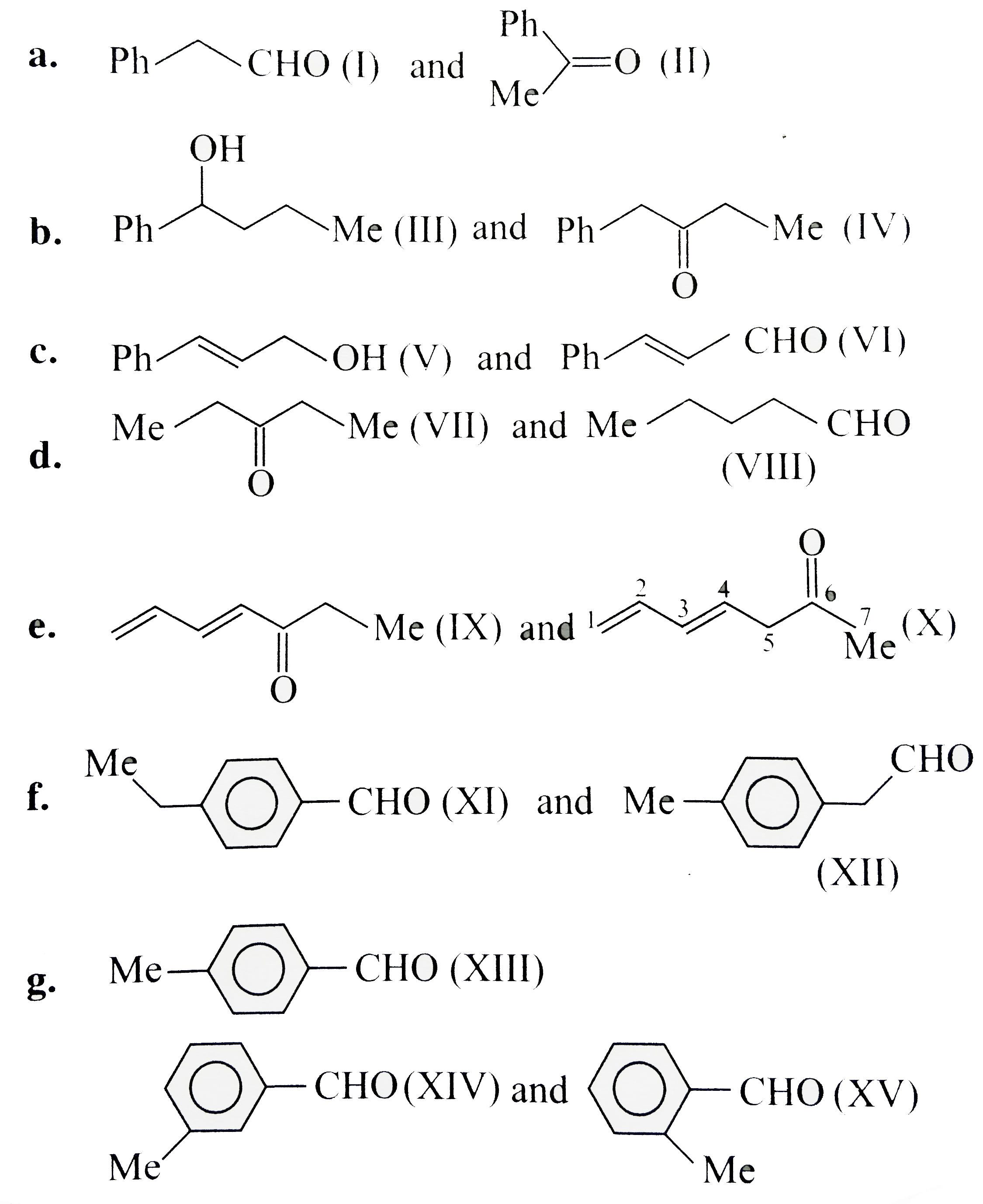
b.
c.
d.
e.
f.
g. View Solution
View SolutionIn the following diagram of section of a human heart, label a, b, c, d, e and f.
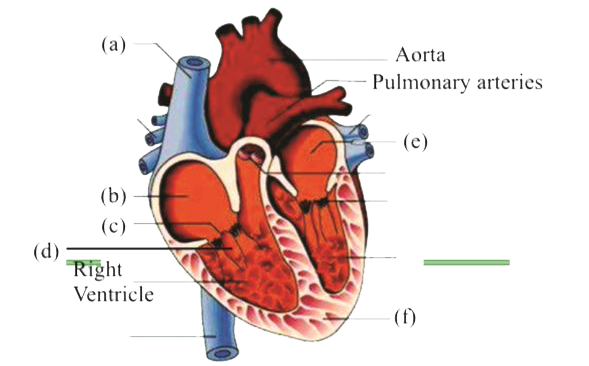 View Solution
View SolutionComplete the following reactions:
a.
b.
c.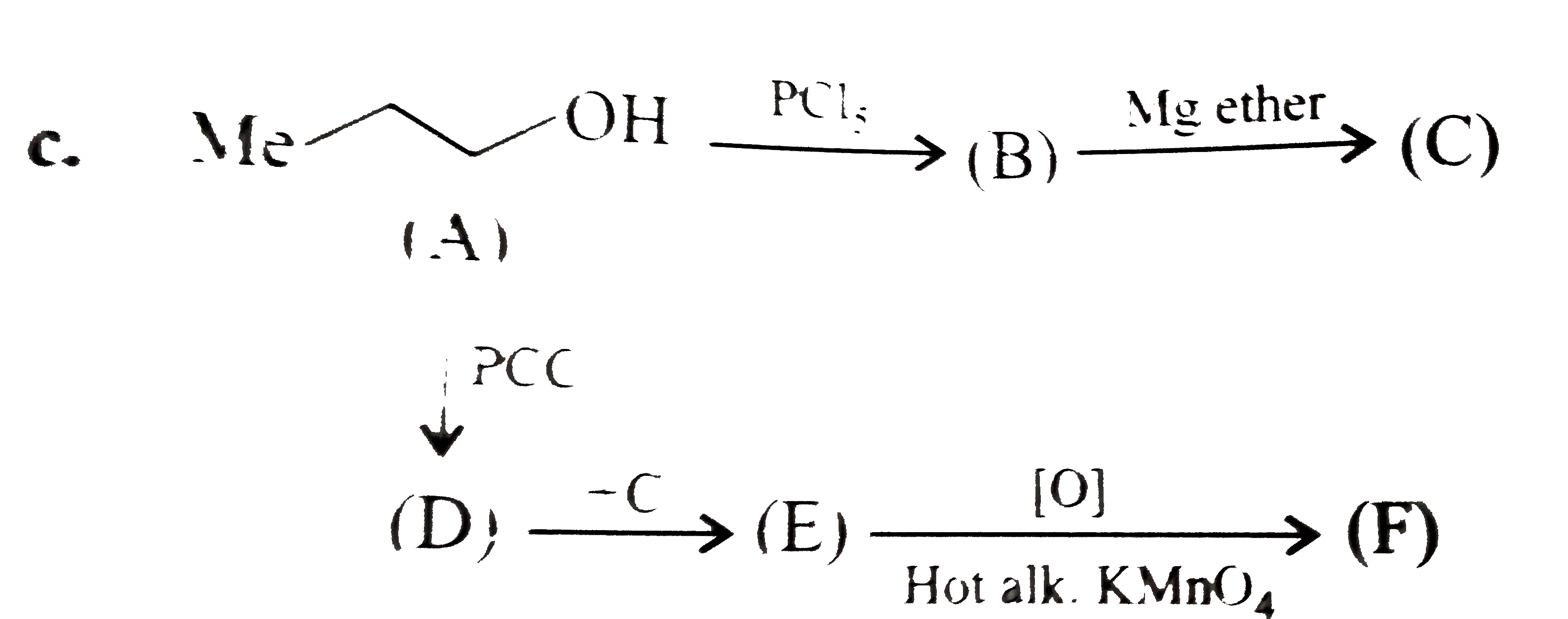
d.
e.
f.
g. View Solution
View SolutionComplete the following reactions:
a.
b.
c.
d.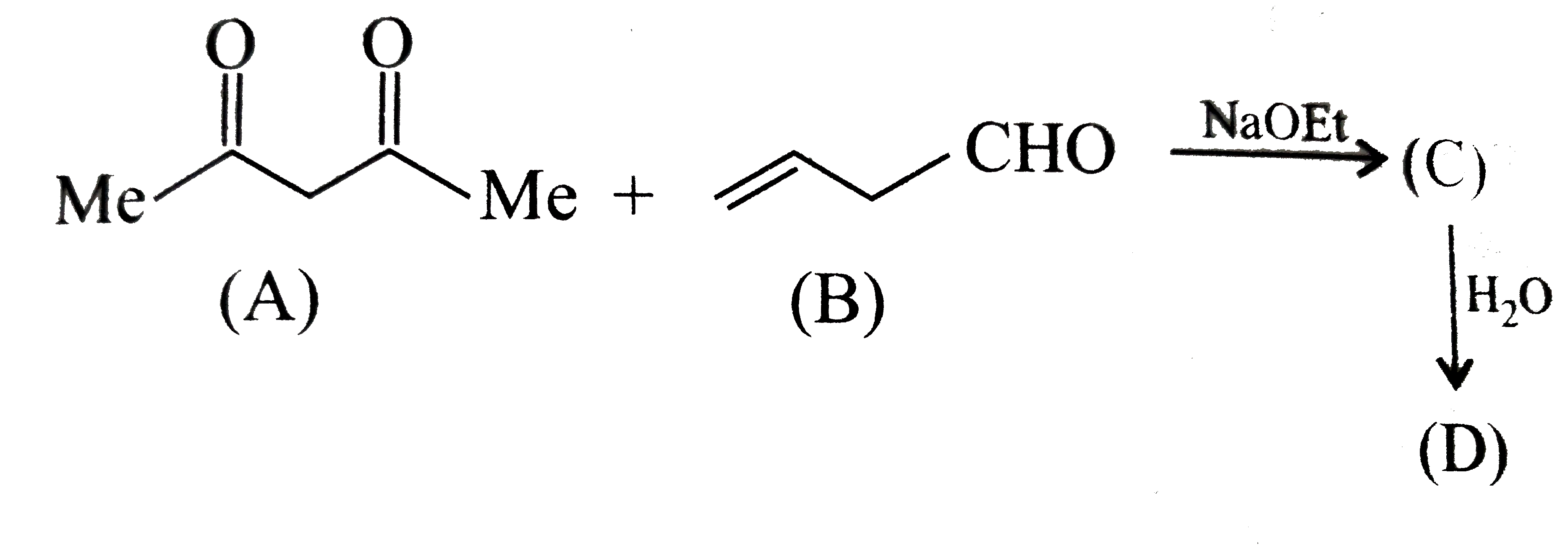
e.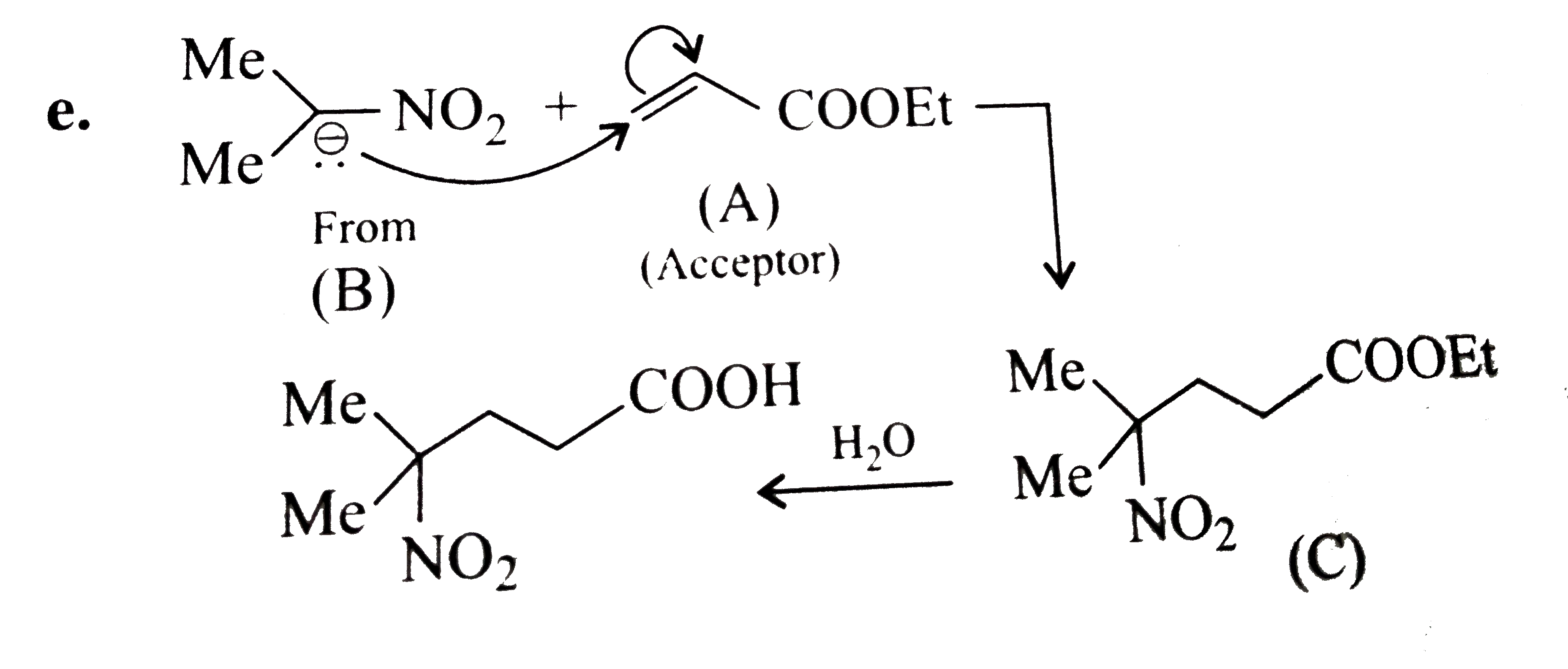
f.
g. View Solution
View SolutionIdentify a, b, c,d,e and f in the following table :
 View Solution
View Solution

